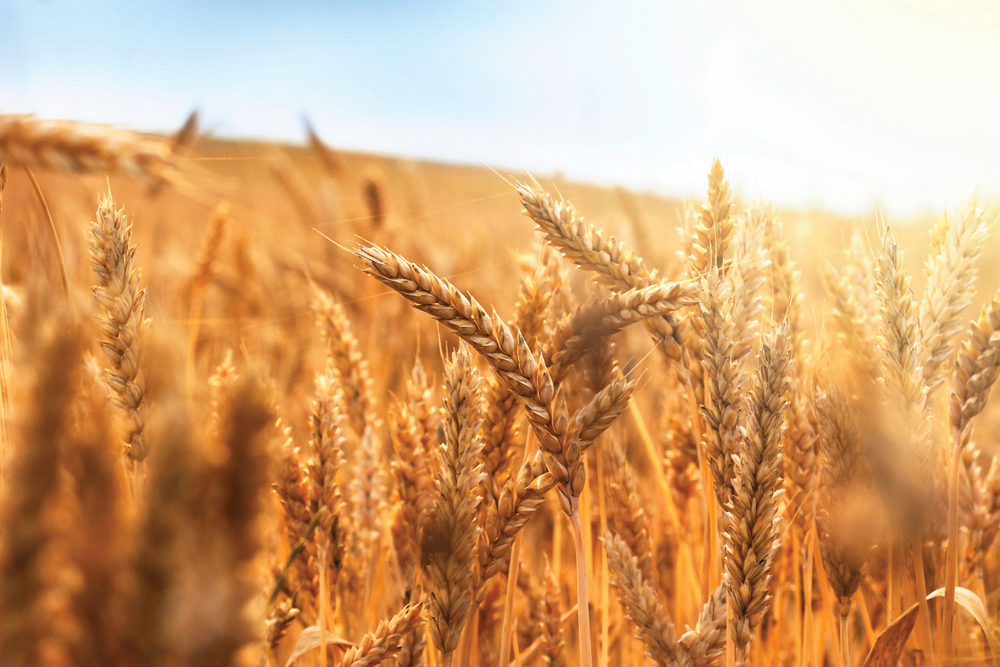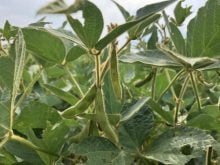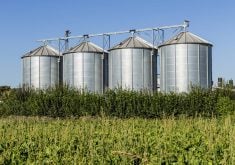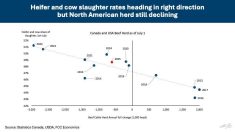Reuters – Drought is only the beginning of worries for growers like Juan Francisco Arregui in Argentina. The world is relying on more wheat than usual these days to fill a supply crunch of grain needed to make bread and flour.
“This season for wheat is complicated,” Arregui told Reuters, as he stood in a dusty field that he said had not received rain for two months.
In addition to prolonged dry weather, spiking fertilizer costs and political uncertainty over export rules are prompting him and other farmers to devote more land to soybeans and cut back on land devoted to wheat in Argentina, the world’s sixth largest exporter of the grain.
Read Also
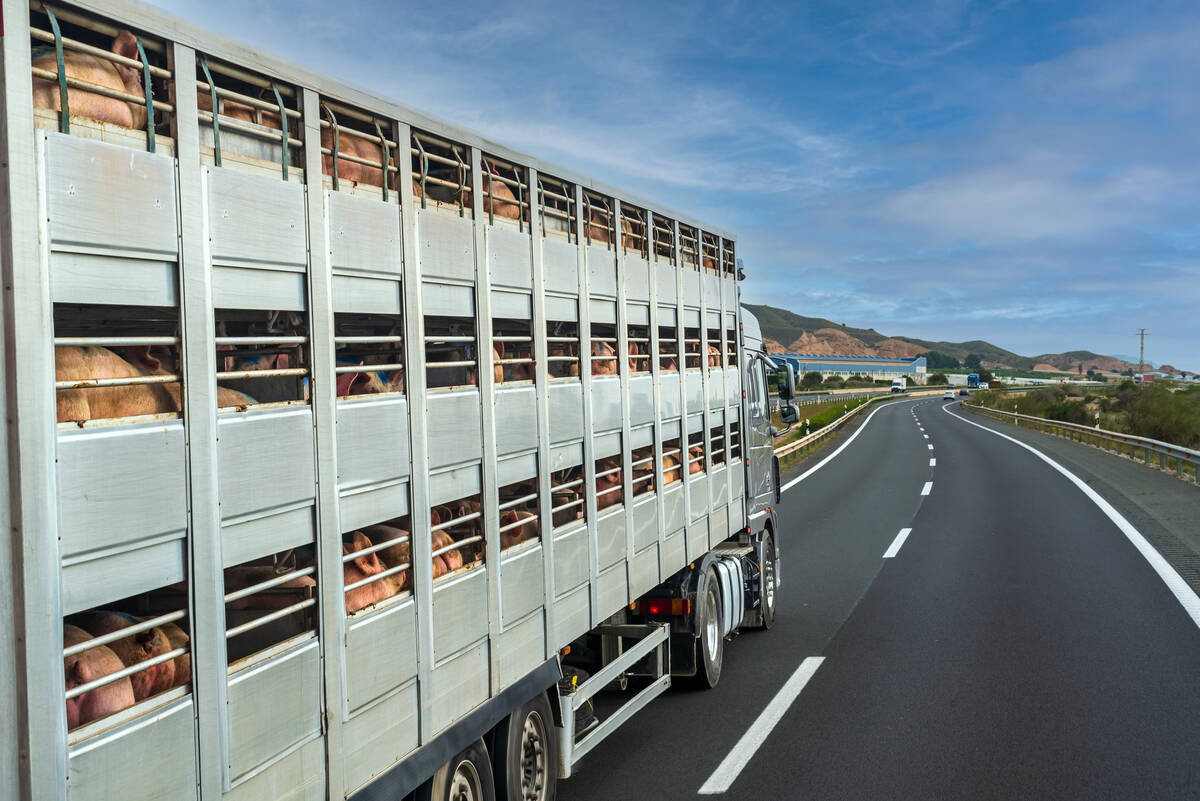
Pig shipments to U.S. slow as new COOL looms
A Manitoba pork marketer says some U.S. processors have shut their doors to Canadian pigs as enforcement of U.S. voluntary country of origin labelling (vCOOL) looms.
While there was enough moisture to plant, “there is not much left,” he said. “It means that the wheat crop is not sure by any means. We can get it started, but hey, then we are waiting for rain.”
Argentina had a record 2021/22 wheat harvest of 22.4 million tonnes, so global grain markets had hoped the country could help fill the shortfall of grain lost after Russia’s invasion of Ukraine. The conflict between the two major wheat exporters has sent prices soaring.
But now, both of Argentina’s main grains exchanges, Buenos Aires and Rosario, have cut wheat planting forecasts and warned of more cuts if the weather does not improve.
“Today anything that goes wrong with wheat is more important and means greater losses. That is what we are seeing,” said Cristian Russo, head agronomist at the Rosario grains exchange, which estimates a harvest of 18.5 million tonnes in a best-case scenario.
The exchange has warned about the worst wheat planting conditions in 12 years and says seeding has been stuck at 65 per cent because of dryness.
The weather outlook is not promising.
“In the short term, the rain trend is still very scarce,” said Buenos Aires-based meteorologist Leonardo De Benedictis.
Fertilizer and politics
In addition to sparking food security concerns and stoking global inflation, the Russia-Ukraine fighting has also sent fertilizer prices soaring. Russia is a major global supplier, and the loss of Russian fertilizer has affected farmers from the United States to South America.
Arregui said this season he paid US$1,600 per tonne for phosphate fertilizer, more than double what he paid a year ago. His cost of urea doubled to $1,100 per tonne, which pushed him to plant soybeans instead of wheat because of the lower investment required.
Concerns over government intervention also loom large. Authorities in Argentina are trying to rein in domestic inflation running at 60 per cent.
The government has kept a lower cap on wheat exports than last year, raised export tariffs on soymeal and oil and threatened higher taxes for wheat, although there is not enough support in congress for the latter step.
Wheat exports for the 2022/23 cycle are currently capped at 10 million tonnes, from 14.5 million tonnes in the previous campaign.
“Here you go to bed on a Sunday and on Monday you don’t know what news you’re going to find,” said Arregui, referring to shifting government policy.
“Every day they are making decisions that indirectly affect what you do and it’s a terrible uncertainty. You can’t plan anything. It really costs you a lot every day.”

